Europe’s most famous capitals certainly deserve their reputations, but the continent offers so much more than these overcrowded tourist magnets. Beyond the well-trodden paths of London, Paris, and Rome lies a treasure trove of magnificent cities with fewer crowds, more authentic experiences, and often more reasonable prices.
These alternative destinations offer the perfect blend of history, culture, and charm without the overwhelming tourist hordes. Here is a list of 20 European cities that deserve your attention for your next continental adventure.
Porto, Portugal

This coastal gem offers colorful buildings cascading down hillsides toward the Douro River. The birthplace of port wine features cellars where you can sample the city’s namesake drink for a fraction of what you’d pay in more touristy destinations.
The combination of faded grandeur, vibrant food markets, and stunning tile work creates an atmosphere that is both photogenic and genuinely lived-in.
Kraków, Poland
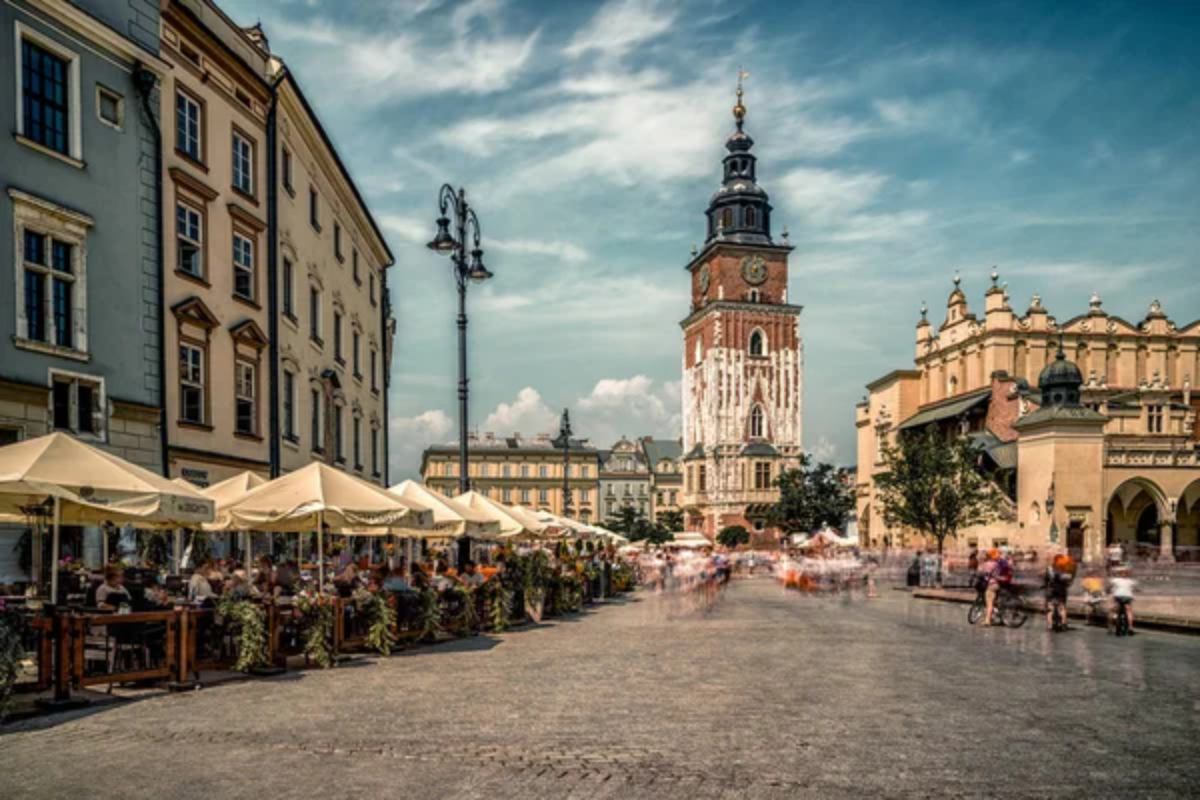
The former royal capital preserves its medieval core with remarkable integrity, centered around Europe’s largest market square. Underground restaurants serve hearty Polish cuisine in atmospheric cellars dating back centuries.
The city’s troubled yet resilient history adds depth to its beautiful architecture, creating a place that feels both timeless and deeply connected to Europe’s complex past.
Like Travel Pug’s content? Follow us on MSN.
Ljubljana, Slovenia

This compact capital feels like a secret Europeans have kept to themselves, with its dragon-adorned bridges spanning a gentle river. Car-free streets create a relaxed atmosphere where café culture flourishes alongside striking architecture from different eras.
The surrounding mountains provide a stunning backdrop and easy access to nature, offering the perfect urban-outdoor balance.
Lyon, France

France’s culinary capital delivers gastronomic excellence without Parisian prices or attitudes. The Renaissance old town features secret passageways called ‘traboules’ that connect buildings and streets in unexpected ways.
The confluence of two major rivers creates dramatic viewpoints throughout this city, where ancient Roman ruins stand alongside cutting-edge modern architecture.
Seville, Spain
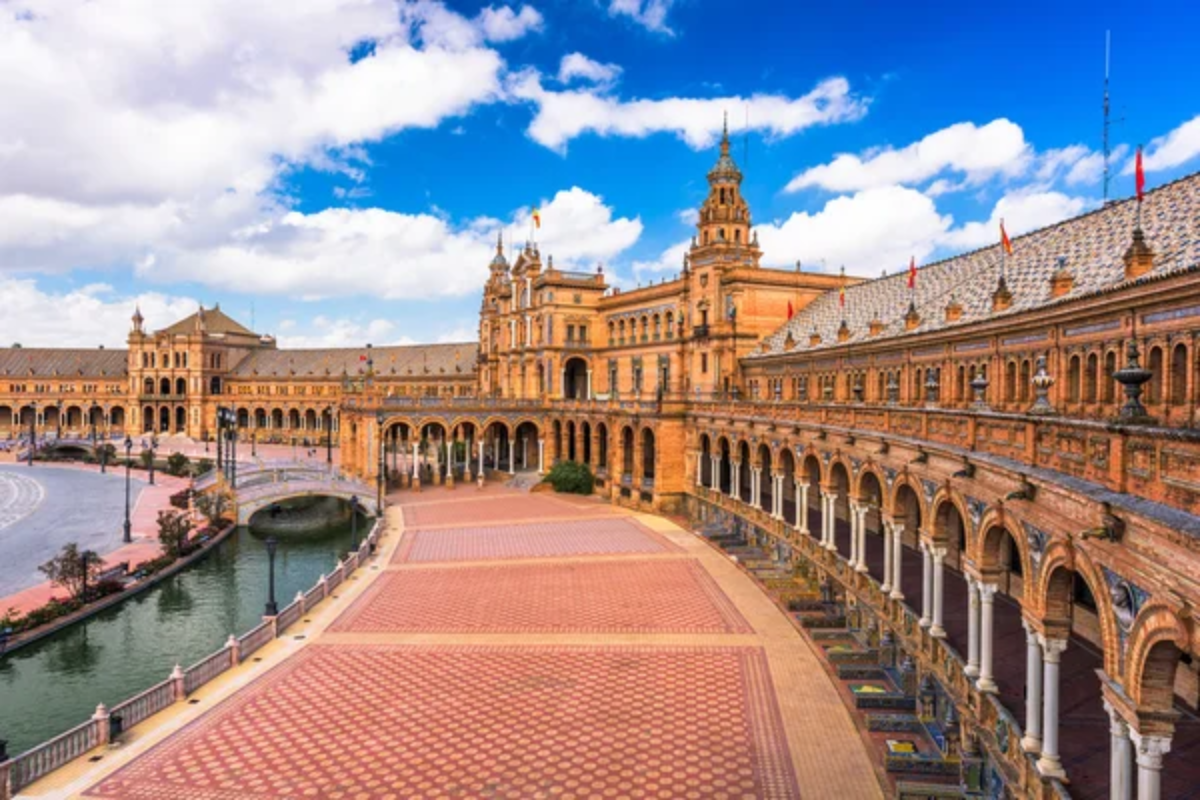
The Andalusian capital embodies southern Spain’s passionate spirit, with flamenco performances in intimate venues and tapas bars that pulse with energy. Orange-scented plazas provide a shady respite from the Mediterranean sun, and church bells mark the passing hours.
The spectacular cathedral and Alcázar palace complex offer cultural riches equal to any European capital.
Like Travel Pug’s content? Follow us on MSN.
Bologna, Italy
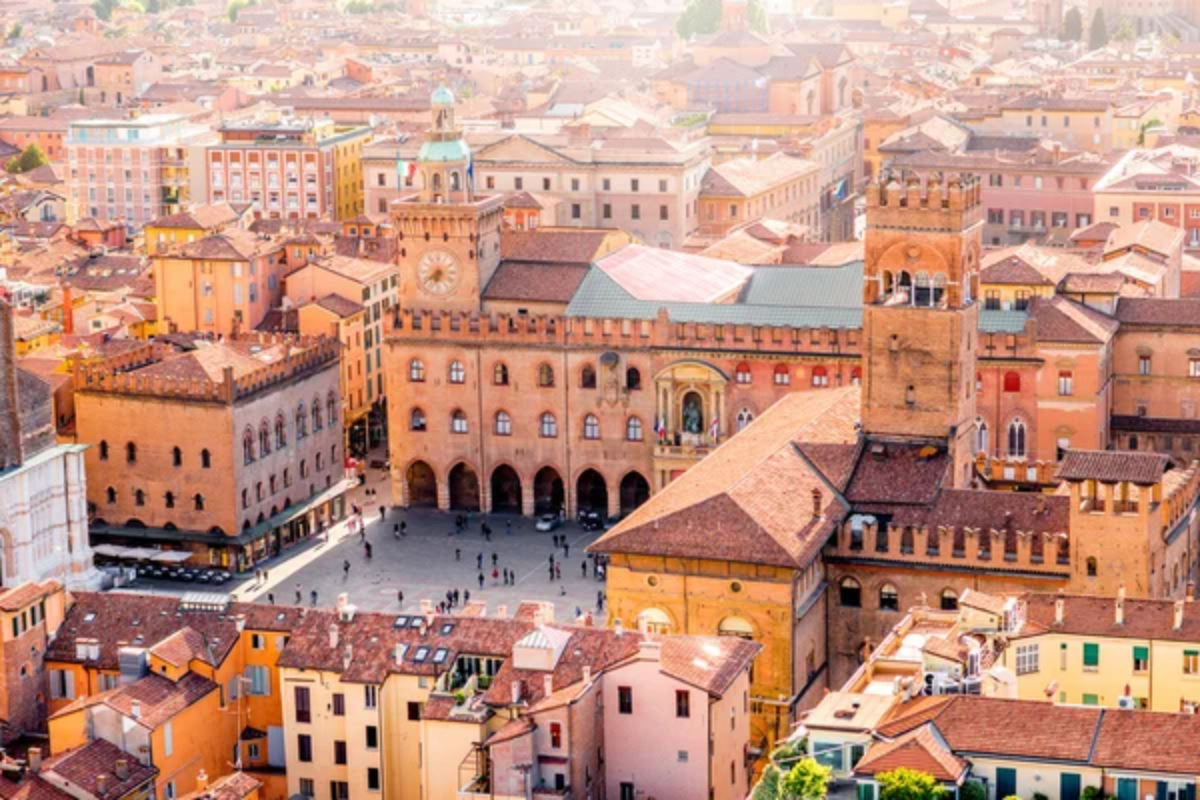
This northern Italian city offers culinary traditions that have influenced global cuisine while maintaining its authentic character. Medieval porticoes create miles of covered walkways perfect for strolling regardless of weather conditions.
The oldest university in Europe lends a youthful energy to ancient streets where food markets sell products of the surrounding Emilia-Romagna region, Italy’s agricultural heartland.
Edinburgh, Scotland
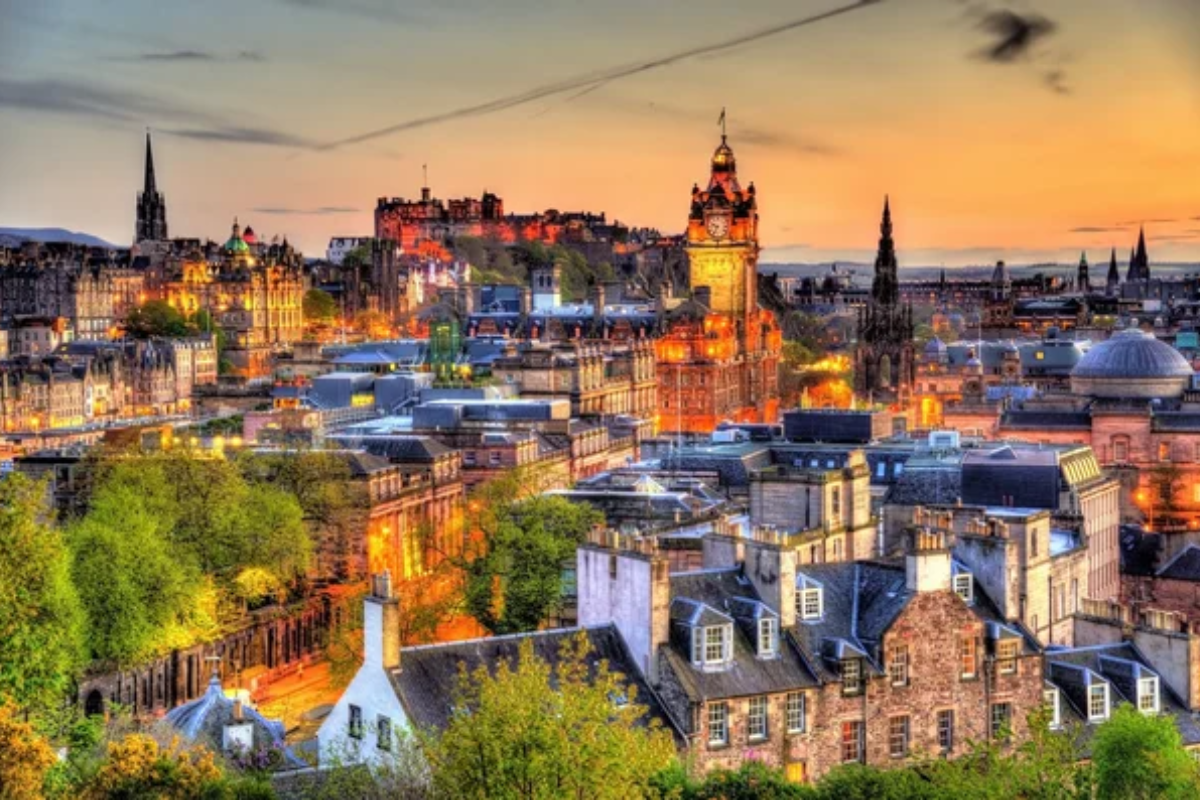
This city’s dramatic setting, built across seven hills, creates vistas at every turn, with the imposing castle dominating the skyline. The medieval Old Town and Georgian New Town together form a UNESCO site where centuries of history coexist in remarkable harmony.
Literary connections from Robert Burns to J.K. Rowling permeate the atmospheric pubs and winding streets.
Budapest, Hungary
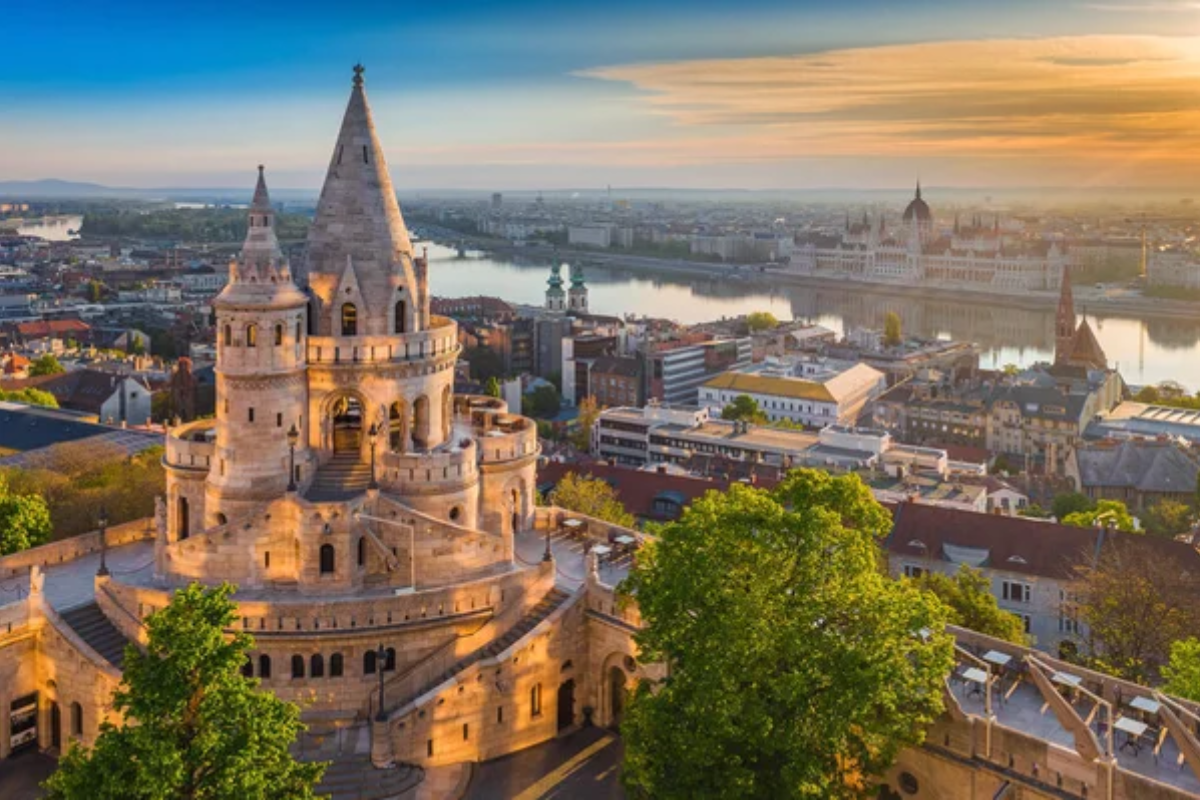
The Danube River divides this city into Buda’s historic hills and Pest’s vibrant urban energy, connected by iconic bridges. Thermal baths dating from Turkish occupation through the Art Nouveau era offer relaxing soaks in mineral-rich waters.
The evening illumination of grand buildings creates a magical atmosphere as river cruises glide past the spectacular Parliament building.
Like Travel Pug’s content? Follow us on MSN.
Ghent, Belgium
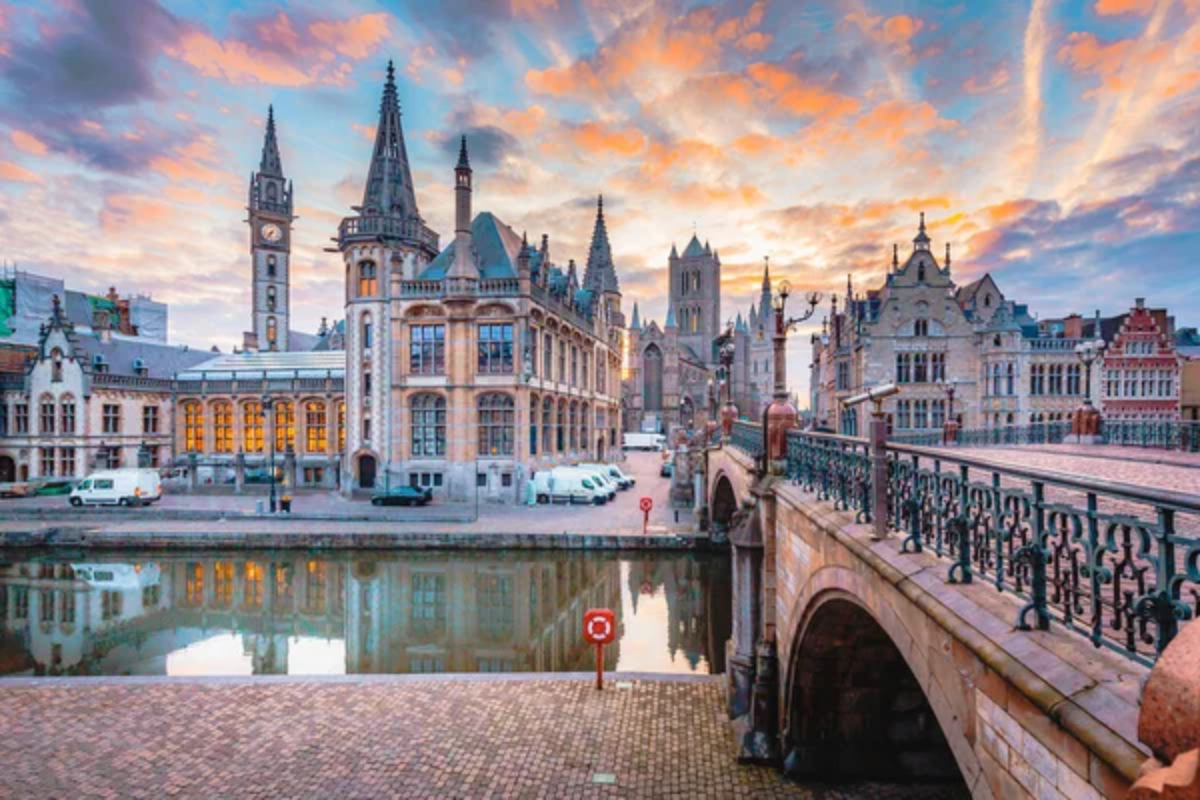
This Flemish jewel combines all of Belgium’s charms—canals, medieval architecture, chocolate, and beer—without the crowds of Bruges or Brussels. The city center remains largely car-free, creating a pleasant environment to explore Gothic churches and guild houses from the Middle Ages.
The innovative culinary scene embraces both traditional Flemish dishes and modern interpretations using local ingredients.
Tallinn, Estonia
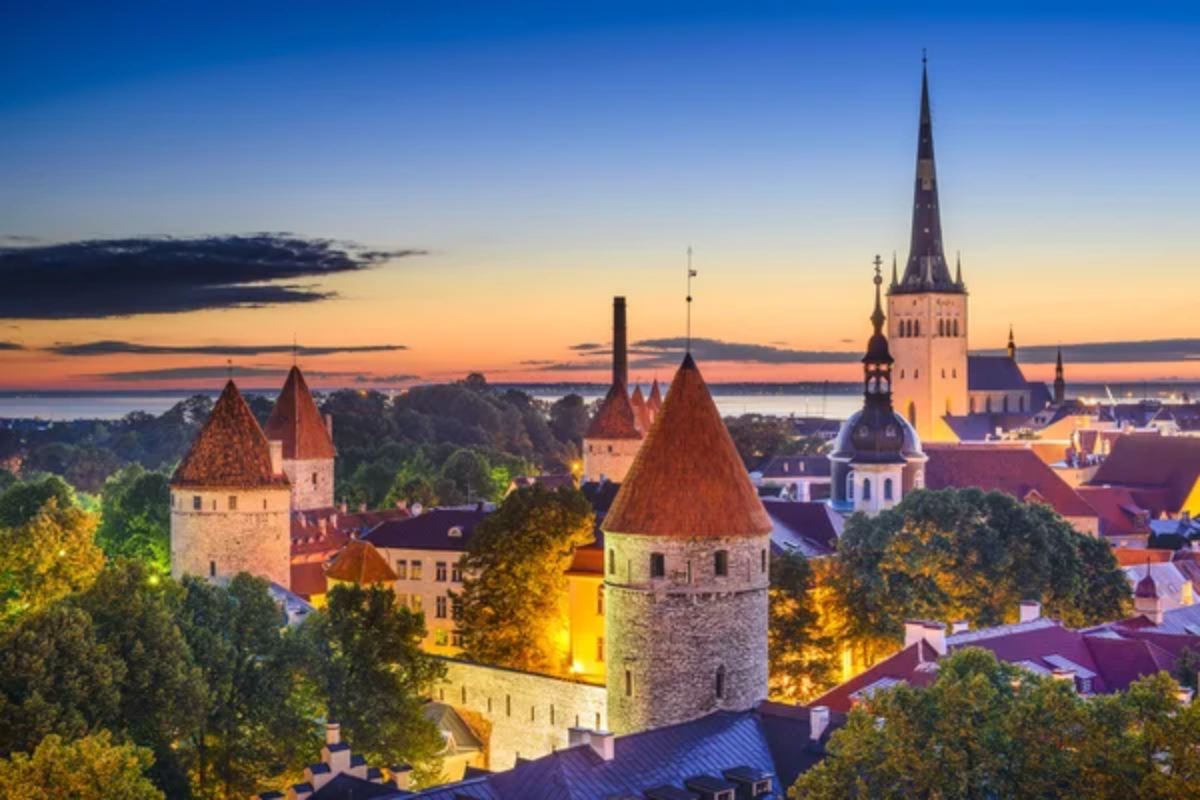
The Baltic gem preserves one of Europe’s most complete medieval walled cities while embracing digital innovation just beyond the ancient stones. Cobblestone streets wind past guild halls and merchant houses that recall the city’s Hanseatic League prosperity.
The contrast between the UNESCO-listed Old Town and the creative modern districts showcases Estonia’s successful blend of heritage preservation and forward-thinking development.
Split, Croatia
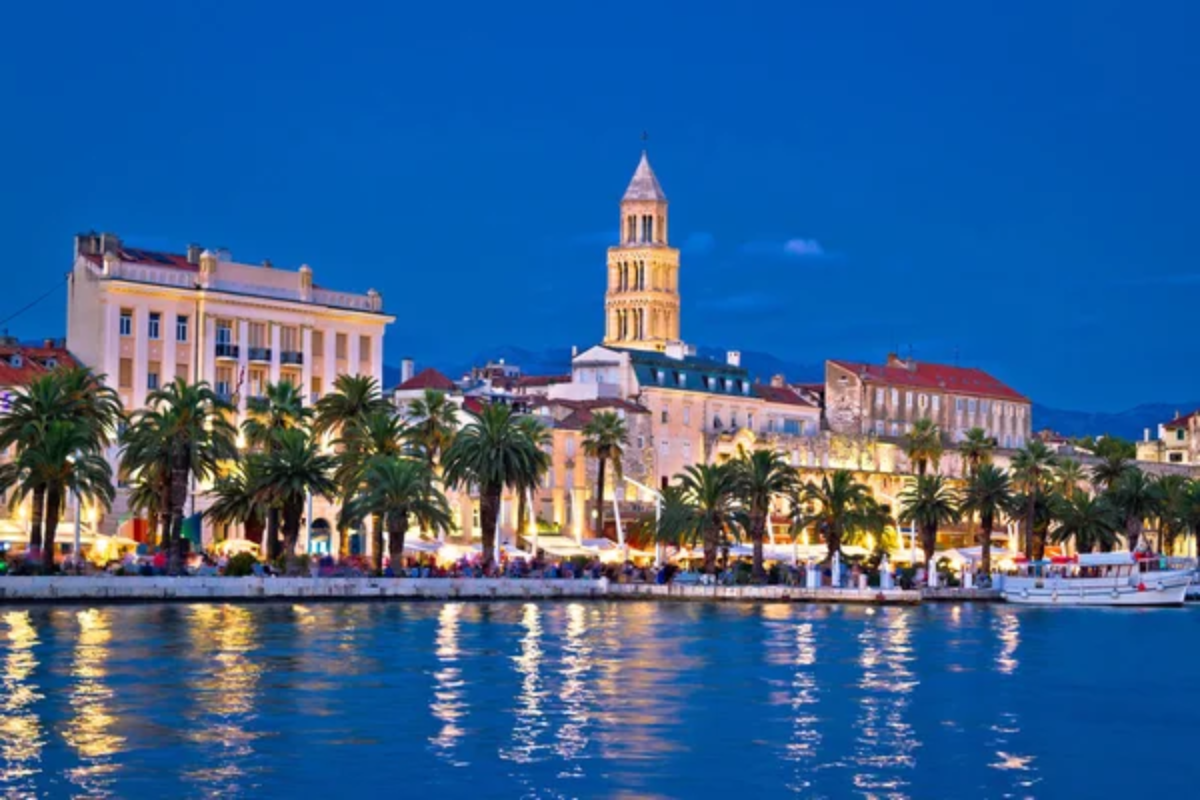
This Adriatic city incorporates Roman Emperor Diocletian’s massive palace into its urban fabric, with people living and working within 1,700-year-old walls. The palm-lined Riva promenade creates a relaxed Mediterranean atmosphere where locals gather for coffee or evening strolls.
The surrounding coastal mountains provide dramatic backdrops and hiking opportunities just minutes from the historic center.
Like Travel Pug’s content? Follow us on MSN.
Valencia, Spain
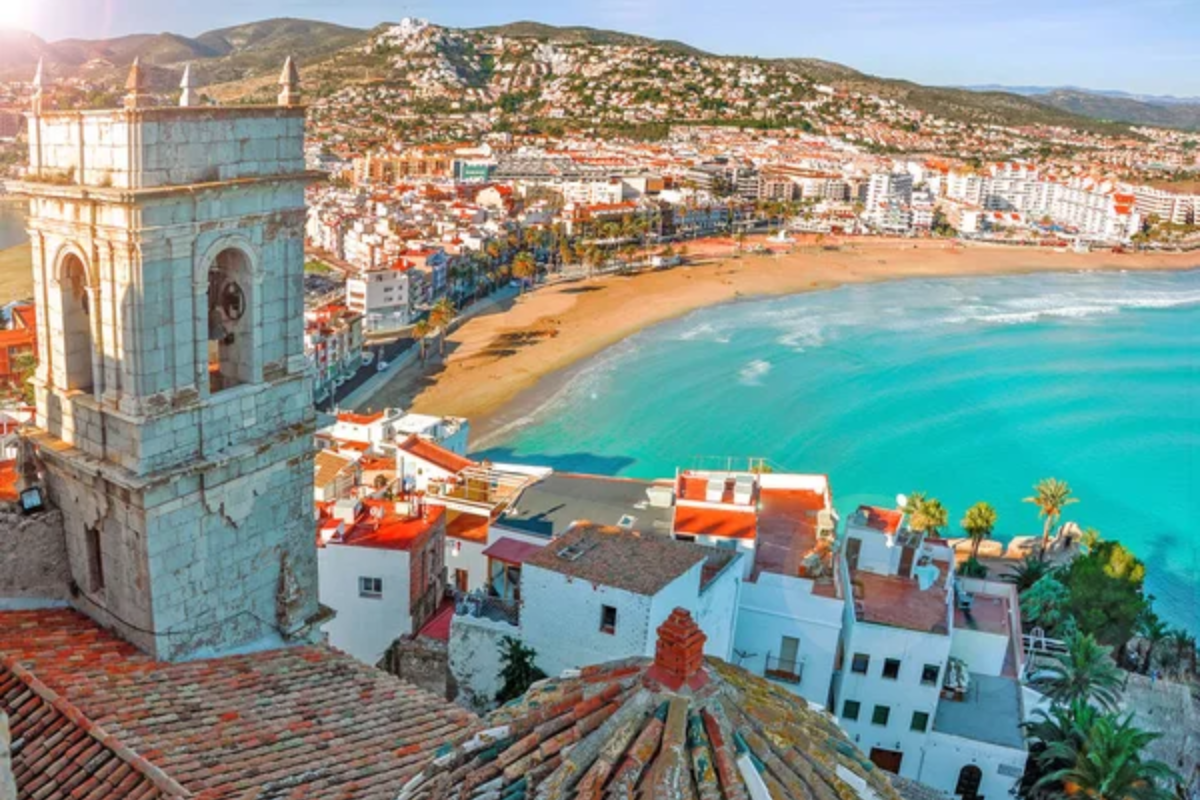
The birthplace of paella balances historical treasures with avant-garde architecture in the dried riverbed, now transformed into a green park. The Central Market ranks among Europe’s finest food halls, showcasing the agricultural bounty of Valencia’s surrounding Huerta farmland.
The combination of beach access, cultural attractions, and excellent public transportation makes this medium-sized city exceptionally livable and visitor-friendly.
Salzburg, Austria
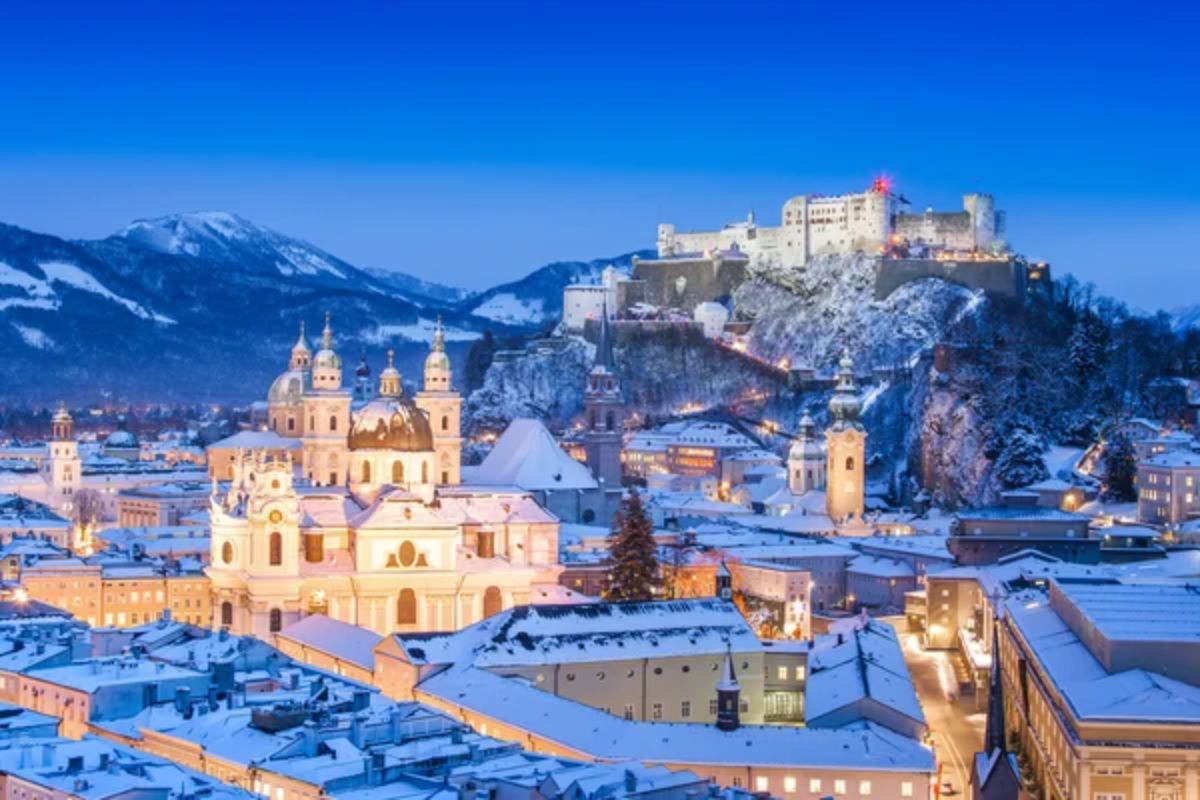
Mozart’s birthplace offers musical heritage alongside Alpine scenery and perfectly preserved Baroque architecture. The hillside fortress provides panoramic views across the city, where The Sound of Music was filmed amongst genuine historical treasures.
The surrounding lake district and mountains offer easy day trips into landscapes that seem plucked from fairy tales.
Gdańsk, Poland

This Baltic port city showcases distinctive architecture influenced by its history as a wealthy trading center with connections across Northern Europe. The meticulously reconstructed old town honors the city’s appearance before WWII devastation while moving beyond mere recreation.
The amber shops showcase the ‘gold of the Baltic’ in both traditional and contemporary designs.
Like Travel Pug’s content? Follow us on MSN.
Aarhus, Denmark

Denmark’s second city combines Viking heritage with cutting-edge design and a world-class food scene focused on Nordic ingredients. The ARoS art museum, with its rainbow panorama walkway, exemplifies the city’s creative energy and visual appeal.
The open-air museum Den Gamle By—”The Old Town”—preserves buildings from throughout Danish history in a setting that brings the past vividly to life.
Thessaloniki, Greece
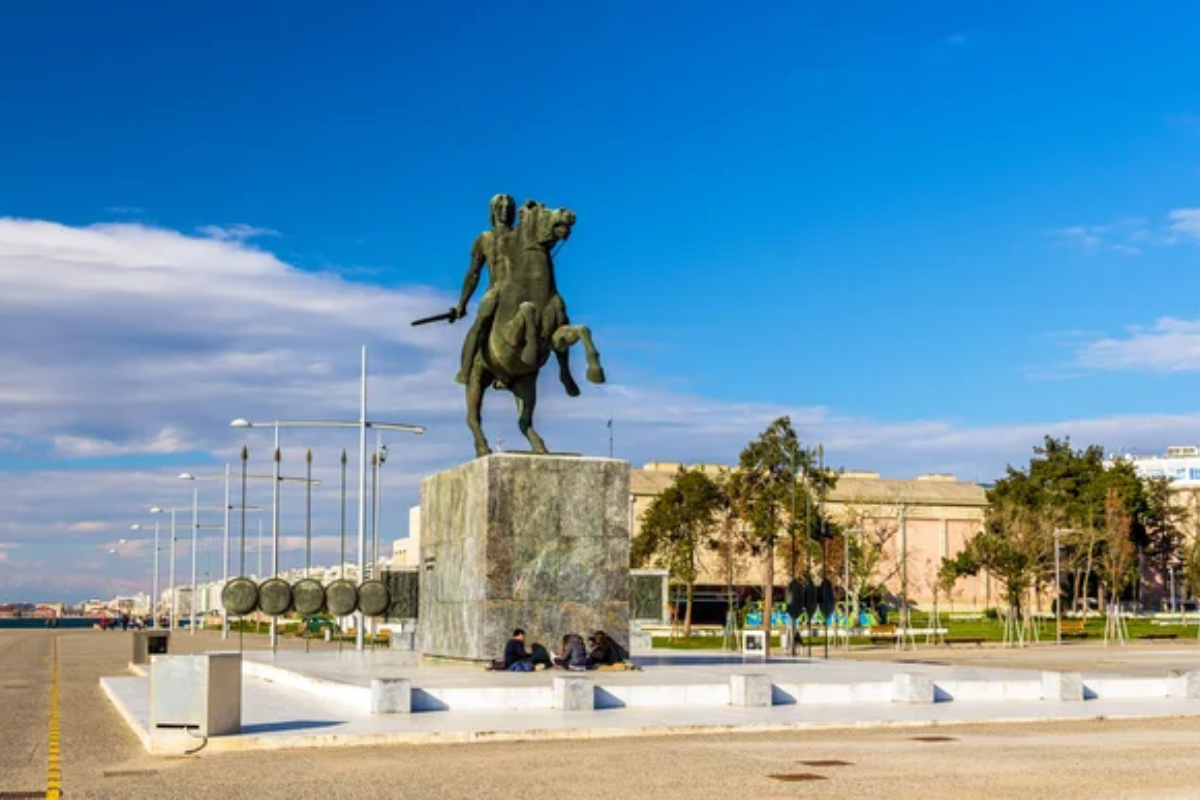
This northern Greek city combines Byzantine splendor with Ottoman influences and vibrant street life centered around excellent food. The seafront promenade stretches for miles, offering views across the Thermaic Gulf and gathering spaces for locals of all ages.
Ancient ruins appear unexpectedly throughout the urban landscape, creating fascinating juxtapositions of past and present.
Utrecht, Netherlands
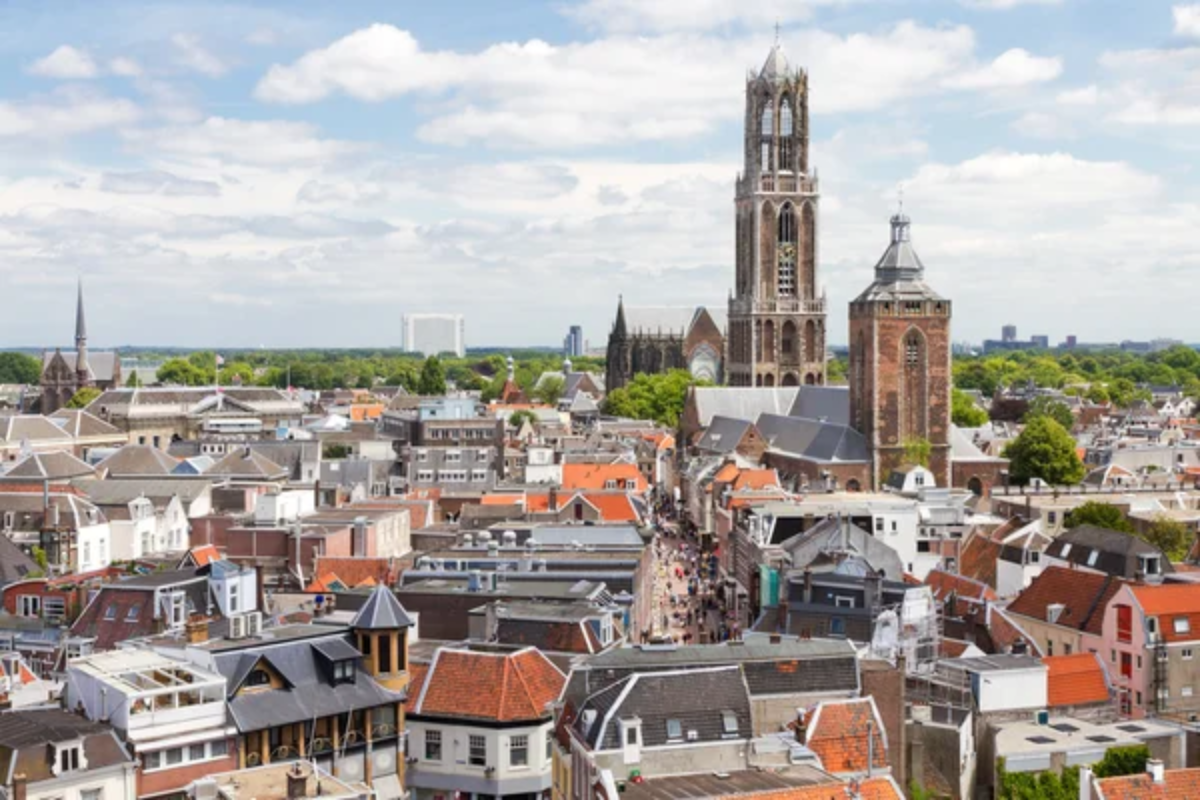
This university town offers Amsterdam’s canal charm with significantly fewer tourists and more authentic Dutch daily life. The unique wharf cellars along the central canal have been converted into restaurants and shops, creating distinctive two-level streets.
The Dom Tower provides both a landmark and a viewing platform for the surrounding city and countryside.
Like Travel Pug’s content? Follow us on MSN.
Brasov, Romania
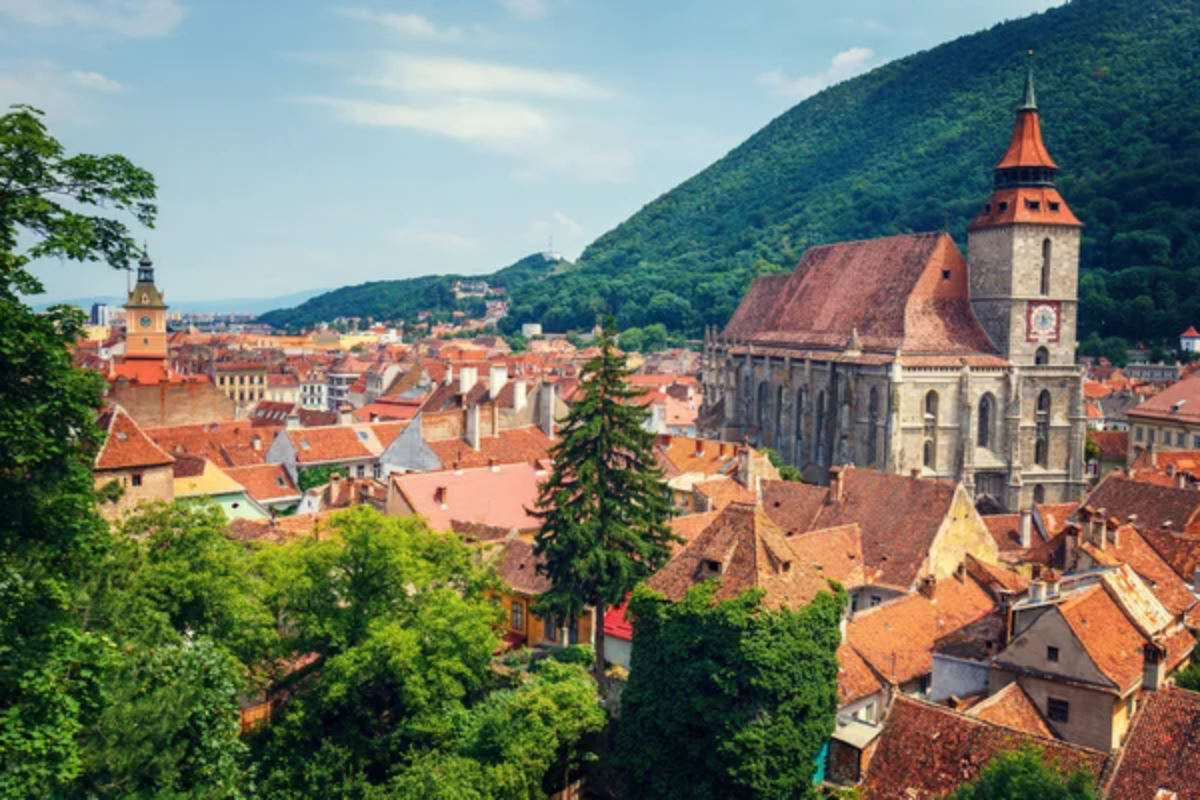
This Transylvanian city nestles against the Carpathian Mountains with its Gothic Black Church at the center of the medieval Saxon old town. The nearby castles include Bran (associated with the Dracula legend) and the genuinely spectacular Peles, accessed by journeys through magnificent mountain scenery.
The blend of Romanian, Hungarian, and German influences creates distinctive cultural traditions and cuisine.
Lille, France

This northern French city near the Belgian border combines Flemish architectural influences with French cultural traditions. The old town, which is centered around the Grand Place, features ornate buildings that house excellent restaurants and distinctive shops.
The renowned art museum houses masterpieces in a setting more accessible and less overwhelming than Paris’s major institutions.
Bergen, Norway
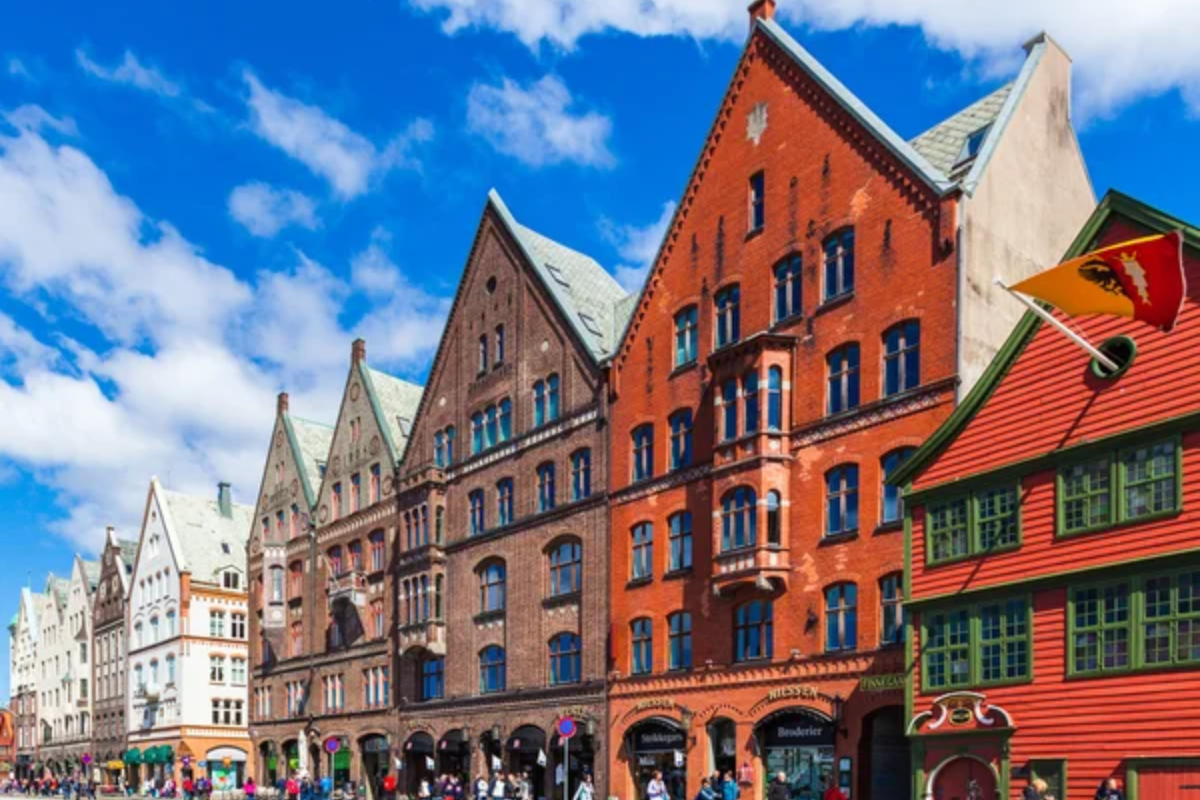
The gateway to the fjords offers colorful wooden buildings along its historic Bryggen Hanseatic Wharf, a UNESCO World Heritage Site. The fish market has operated since medieval times, now serving both locals and visitors with the freshest seafood from Norway’s coastal waters. The funicular railway to Mount Fløyen provides easy access to hiking trails and panoramic views across the city and surrounding mountains.
Like Travel Pug’s content? Follow us on MSN.
Beyond the Obvious Destinations
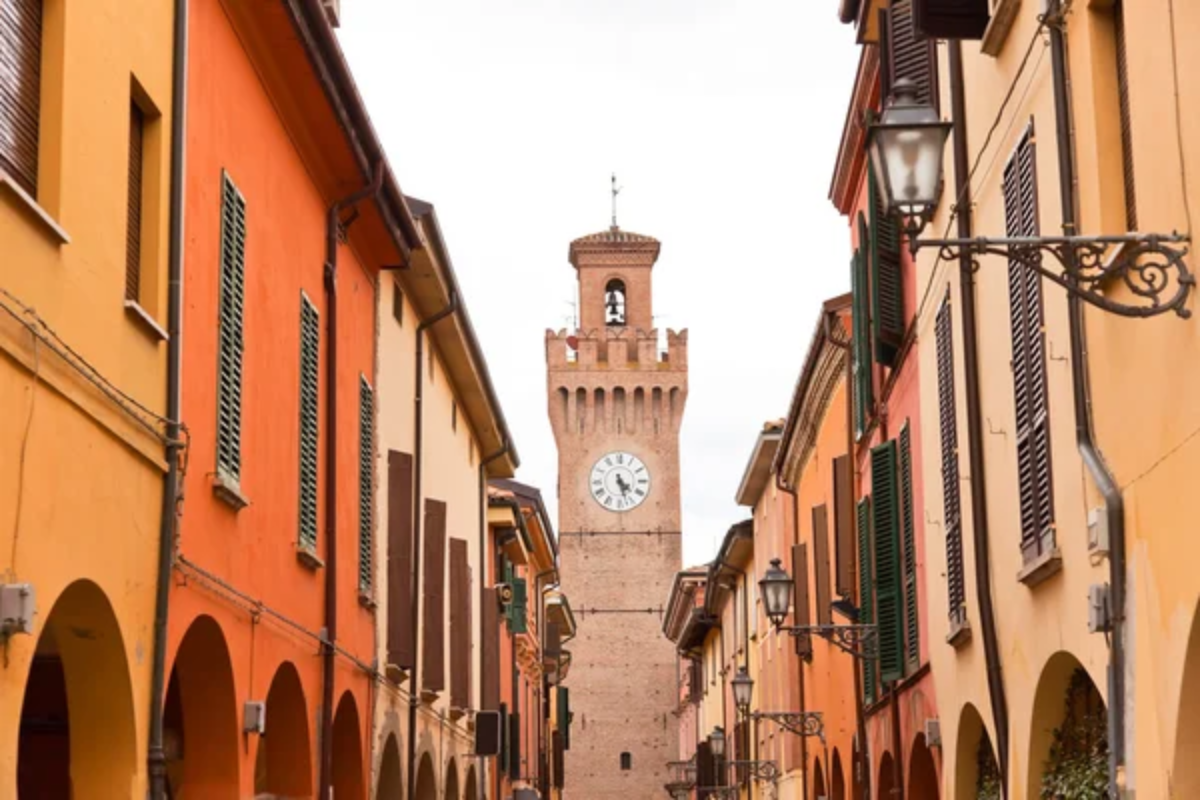
These twenty cities represent the incredible diversity Europe offers beyond its most famous capitals. They provide authentic experiences where local life continues alongside tourism rather than being overwhelmed by it.
By choosing these less obvious destinations, travelers gain fresh perspectives on European culture, history, and daily life while often enjoying better value and more personal interactions. The continent’s excellent transportation networks make these cities easily accessible, opening up new possibilities for meaningful travel beyond the standard tourist circuit.
More from Travel Pug

- 20 Towns Built for One Purpose That Were Later Abandoned
- 15 Hidden Spots in Disney World’s Magic Kingdom Most Visitors Miss
- 20 Once-Popular Beach Towns That Are Now Ghostly Empty
- 15 Canyons in the U.S. That Are Just as Stunning as the Grand Canyon
- 10 Under-the-Radar Mountain Towns That Are Both Affordable and Beautiful
Like Travel Pug’s content? Follow us on MSN.
